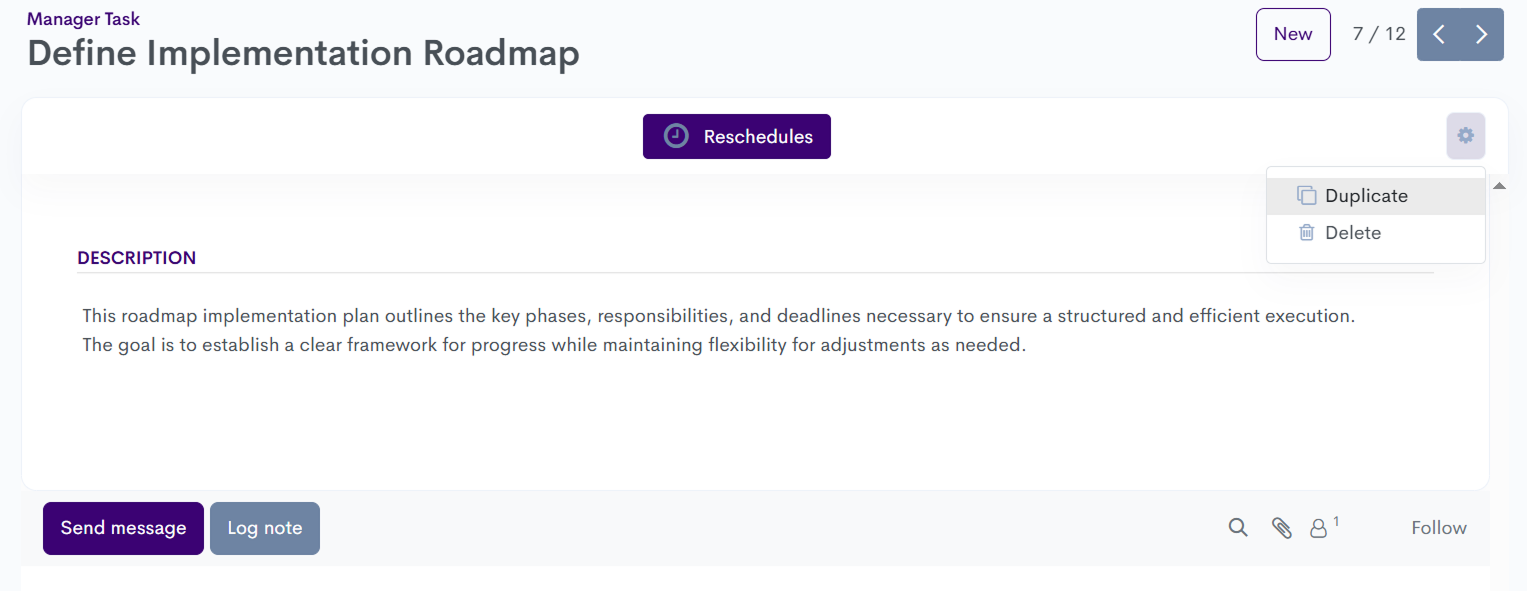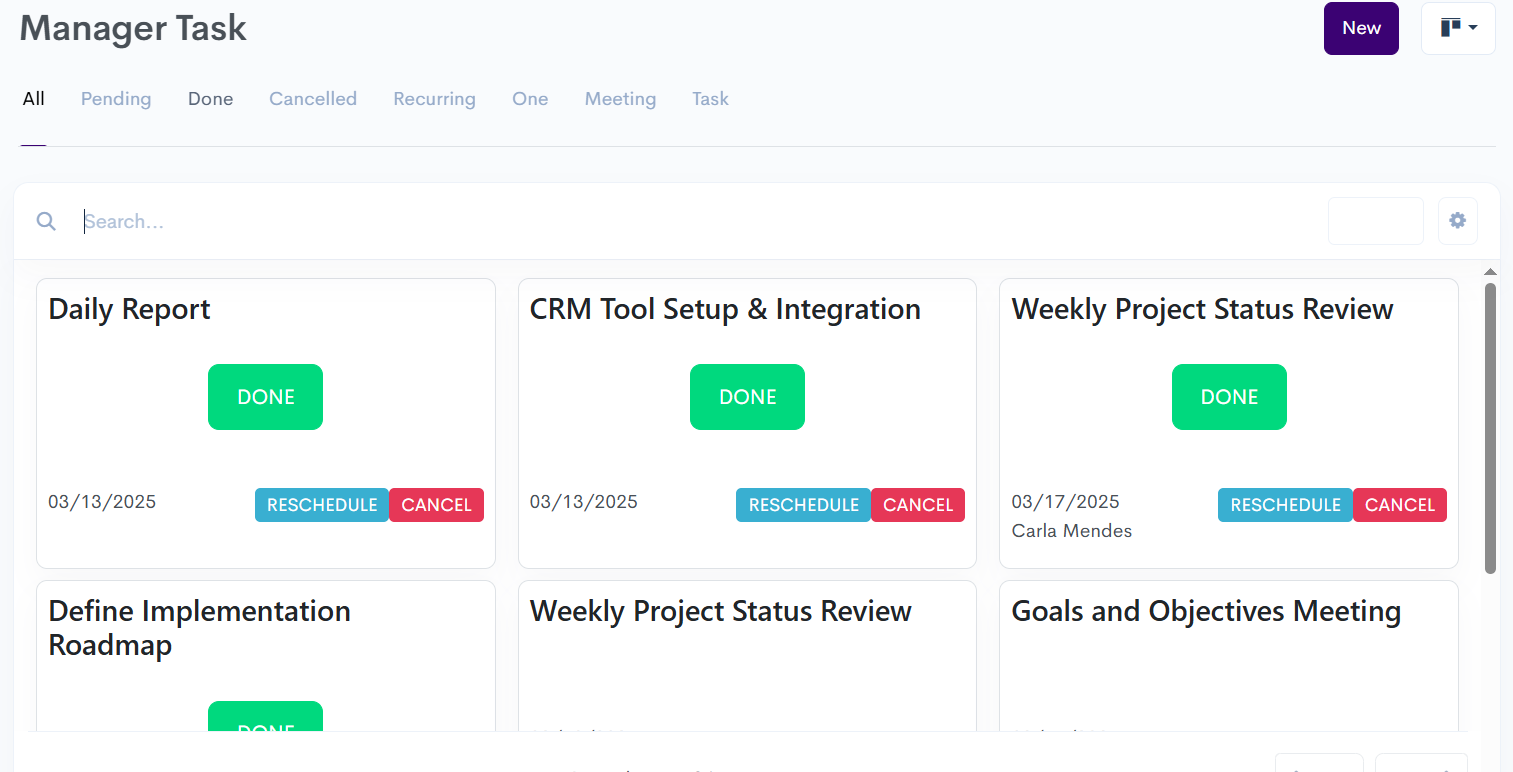Imagine if your company had a second brain—a shared system where nothing gets lost, everyone knows what to do, and tasks just flow. That’s the power of structured task management. But how do you actually build a task properly so that it works for everyone?

Step 1: Start with a Clear Title
A good task starts with a name that instantly tells you what it’s about. Instead of "Update client files", try "Upload Q1 financial reports to client portal"—the more specific, the better.
Step 2: Add Context and Details
Every task should answer:
✔️ What needs to be done?
✔️ Who is responsible?
✔️ When is it due?
✔️ What resources or links are needed?
Think of this as leaving a note for your future self—or for a colleague who might take over.

Step 3: Break It Down into Actionable Steps
Big tasks can be overwhelming. Instead of one huge task like "Launch website redesign", create subtasks like:
🔹 Research competitor websites
🔹 Approve wireframe design
🔹 Upload final assets
This keeps work moving and makes progress visible.
Step 4: Prioritize and Categorize
Not all tasks are created equal. Use labels, categories, or urgency levels to make sure the right things get done at the right time.
⏳ Urgent: Client contract needs review today
🛠 Ongoing: Social media content planning
💡 Idea: Explore AI tools for customer support
Step 5: Make It Collaborative
A task is only useful if people can engage with it. Assign it, add comments, set reminders, and track progress. A good system keeps everyone aligned, so tasks don’t get stuck.

Conclusion: The Power of a Shared Task System
When tasks are built properly, your company runs smoothly. No more forgotten deadlines, endless email chains, or duplicated work.
Want to see how easy this can be?
